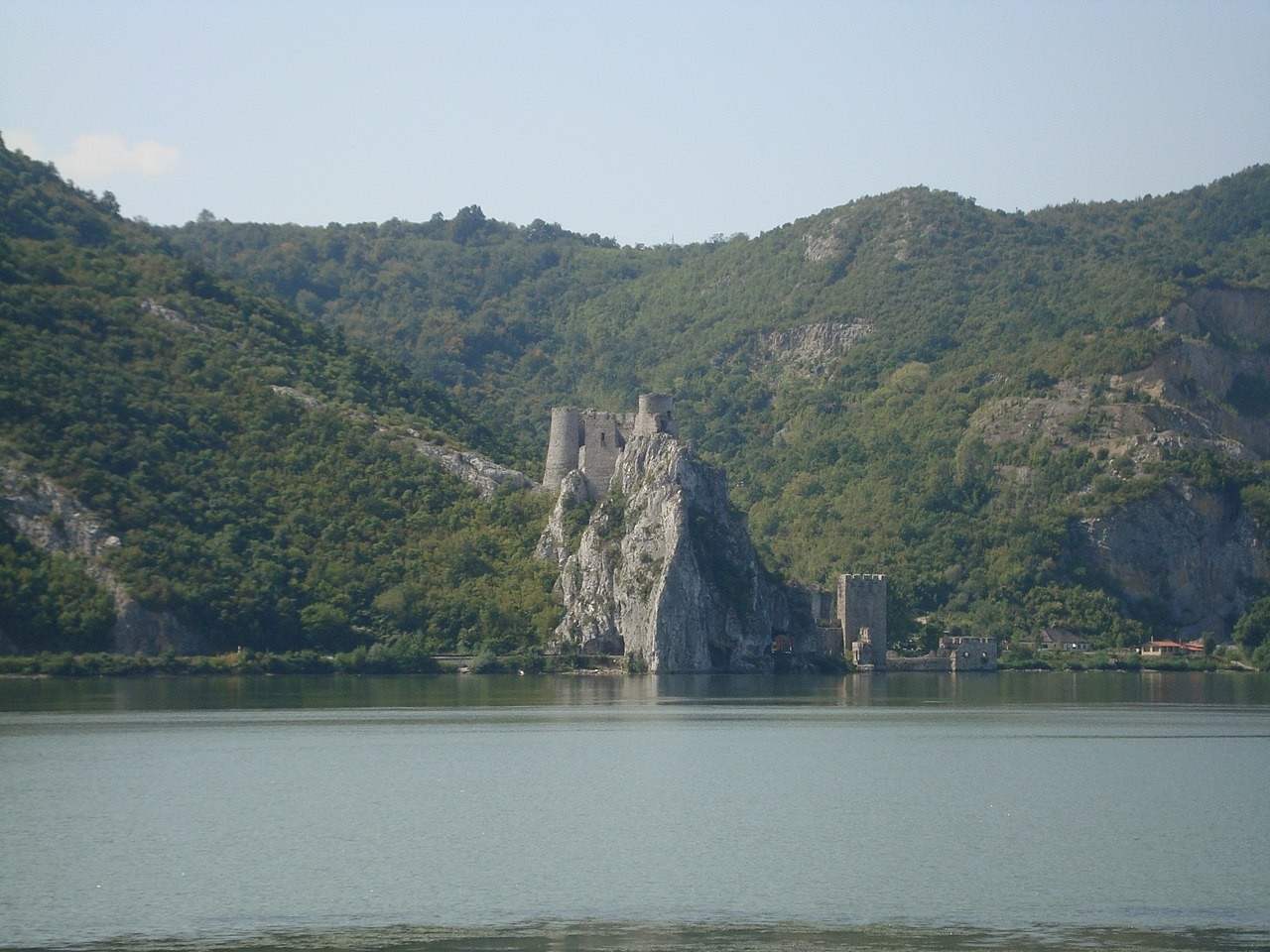Beschreibung
Observe from the main Djerdap magistral road, stopping at the few vantage points which permit scanning across the vast Danube surface. In winter, a spotting scope is necessary.
In winter you can expect Bergente, Zwergsäger, Gänsesäger, Mittelsäger, Schellente, Prachttaucher and Sterntaucher, Ohrentaucher, Zwergscharbe, Bläßgans, sometimes Samtente. While you are near the Golubac fortress, check the nearby rock faces and quarries for Mauerläufer. Finally, to find a few more duck species, plus the Kornweihe and Rohrweihe, visit the more narrow section of the river upstream from the village of Vinci. Avoid windy days – the birds will be looking for cover away from the bank.
In spring, those formidable cliffs are known to hold Alpensegler (resembling kids screaming on a rollercoaster), Eurasian Felsenschwalbe, Rötelschwalbe, and Zippammer.
A strong easterly wind is common in the area, which can make birding challenging.
Photo WikimediaCommons
Details
Zugang
By car only. It is possible to scan the water from several unofficial car parks, but also from the promenade inside the town. For driving directions, zoom in on the map and click on the "P" (parking) sign.
130 km or two hours’ drive from Belgrade. Reachable from the Belgrade - Niš motorway, turn off at the Požarevac exit and then follow the signs leading for the Golubac Fortress and the Djerdap National Park. The fortress lies about 70 km from the motorway. For driving directions, zoom in on the map and click on the "P" (parking) sign.
Terrain und Habitat
Schlucht/Cliff , See , FlussBedingungen
Offene LandschaftRundweg
NeinIst ein Spektiv nützlich?
JaGute Beobachtungszeit
Winter , FrühjahrBeste Beobachtungszeit
WinterRoute
asphaltierte StraßeSchwierigkeitsgrad der Tour
EinfachErreichbarkeit
AutoBeobachtungshütten oder -türme
NeinZusätzliche Informationen
The first known record of the Golubac Fortress comes from the early 14th century. It changed hands repeatedly until the mid-19th century, when it was turned over to the Serbian Duke Mihailo Obrenovic III.



